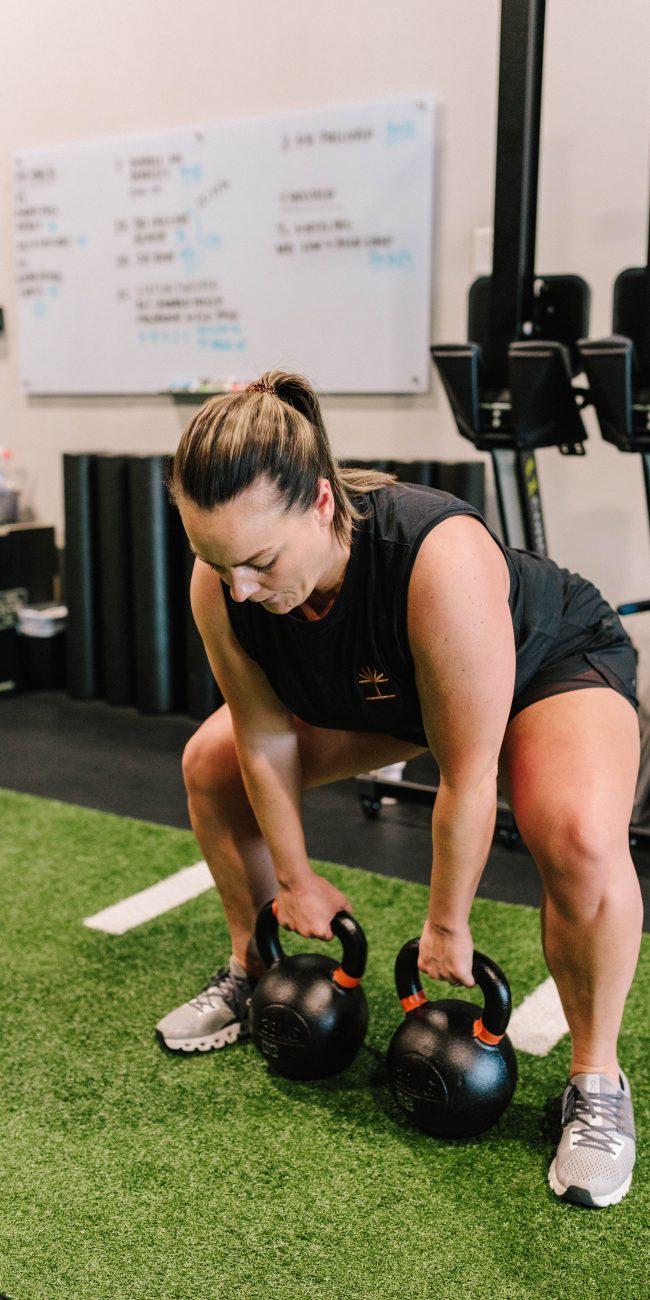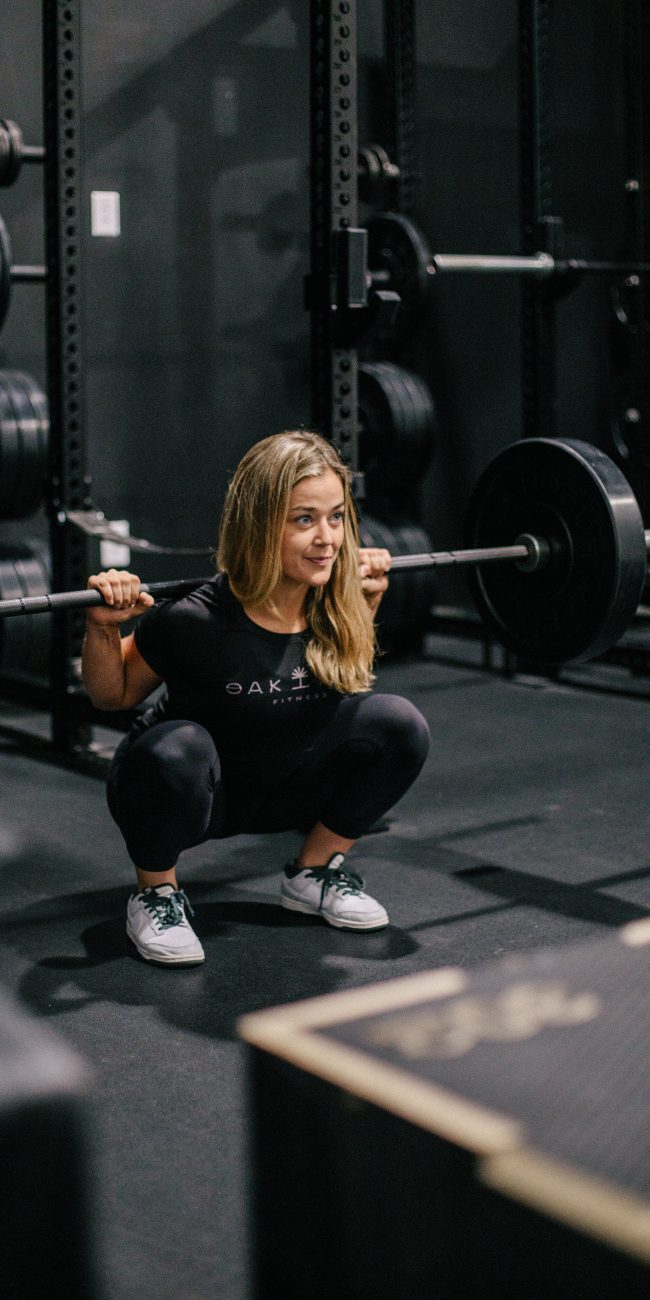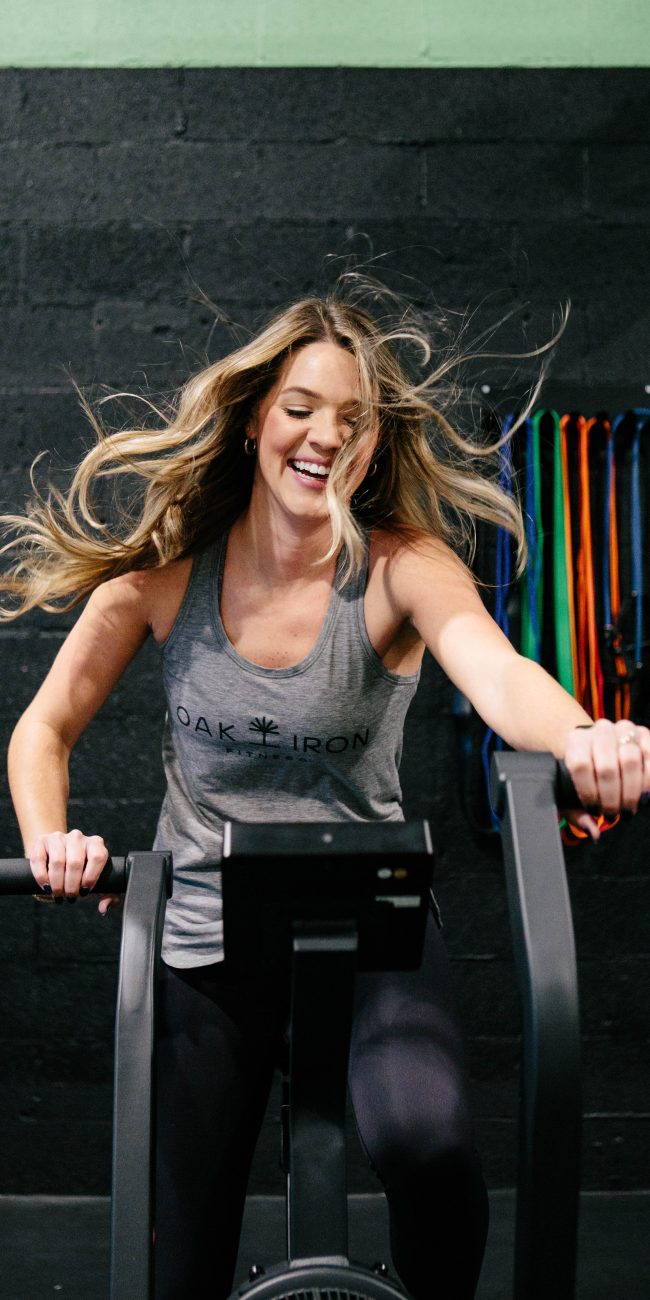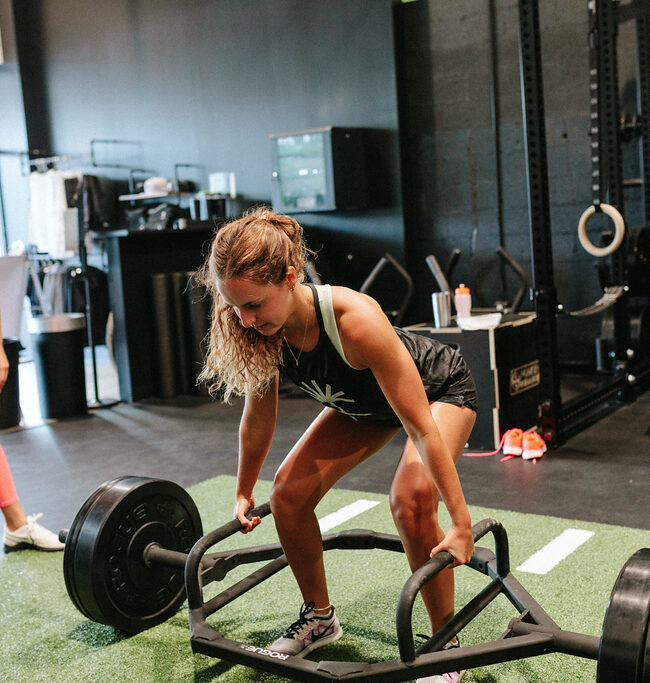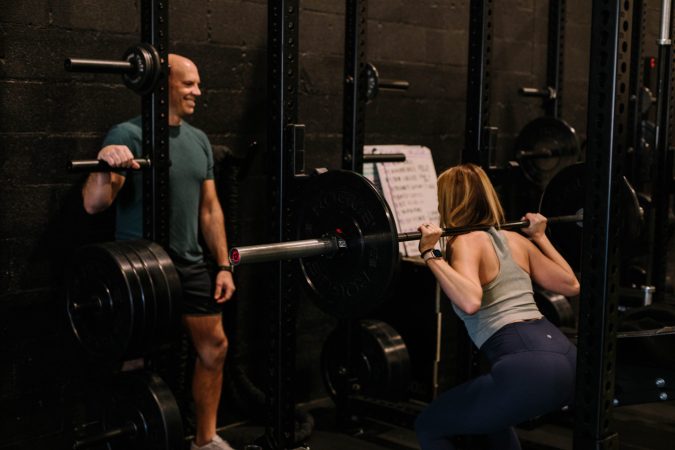
Ah, the endless debate – how low should you get in your squat? ATG? Parallel? Whatever is trending on TikTok this week?
The answer is – it depends!
The ideal depth of YOUR squat is the furthest point you can squat down where your spine is neutral, and your chest is upright. This is usually right before the point at which you lose your back and hip connection aka “the butt wink” (where the pelvis turns under, while the back rounds).
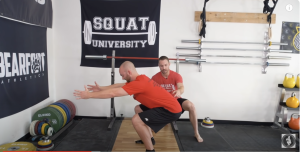
“Butt Wink” – Photo Credit: Squat University
So, how come some people can squat deeper than others?
It depends on your hip anatomy!
The femur is shaped like a ball that fits into the hip socket. As you go down into your squat, the femur flexes upward as the ball turns upward in the socket. Depending on your unique anatomy, you may have a deep hip socket (like a bowl) or a shallow hip socket (like a plate). This will determine how much motion you have at the hip joint to allow for the depth in your squat.
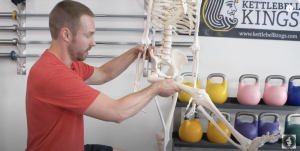
Femur and hip socket as you squat – Photo Credit: Squat University
How do you know what type of hip socket genetics blessed you with?
Let’s test it!
Start by laying on the ground and pulling your knee up towards your shoulder. Stop at the point where you can no longer go any further. If you end up around parallel with the hip, you likely have a deeper hip socket, meaning your range of motion is more limited.
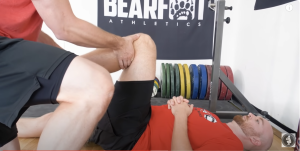
Test hip anatomy; less range of motion – Photo Credit: Squat University
Next, try moving your knee out to the side to see if that allows the knee to move closer to the shoulder. If that’s the case, it might be beneficial to have a wider stance in your squat.
If you end up past parallel, and the knee comes closer to the shoulder, you’ll likely have a more shallow hip socket, giving you a greater range of motion in your squat.
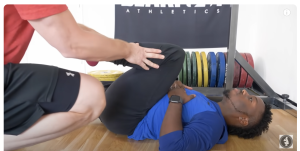
Test hip anatomy; more range of motion – Photo Credit: Squat University
So once you determine your own hip anatomy, does that mean you’re stuck with what the cards have dealt? Well, yes and no.
You cannot change the anatomy of your hips, but the good news is, you CAN get some help from your ankle mobility.
For a quick hack to try on your next squat, elevate your heels slightly using a 10-25lb plate. This will assist your ankles and create a greater depth in your squat.
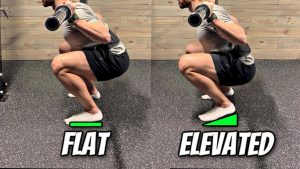
Heels elevated squat option – Photo Credit: Nutritioneering
But if you’re looking for long-term ways to improve your ankle mobility, incorporate this drill during your next warm-up from John Rusin.
Let this serve as a great reminder that our bodies are unique. There is no exact squat stance or depth that is best for everyone. It’s important to check your ego at the door and lower the weight if it means you can get a greater range of motion of your squat. Play around with these tips to find your perfect squat!
TLDR;
- Start with your bodyweight squat and test how deep you can get in your squat without rounding your back – that’s your perfect squat depth.
- Test your own hip anatomy by laying down on your back and pulling your knee up to your chest to determine your range of motion.
- Try a wider stance to allow for more depth in your squat.
- You can’t change your hip anatomy, but you can improve your ankle mobility.
- Drop the weight if it means a greater range of motion.
- Your squat is unique to your body!
Resources & Photo Credits:
https://www.youtube.com/watch?v=7FF6VLej_bY
https://www.youtube.com/watch?v=5LeCCGjKQso




